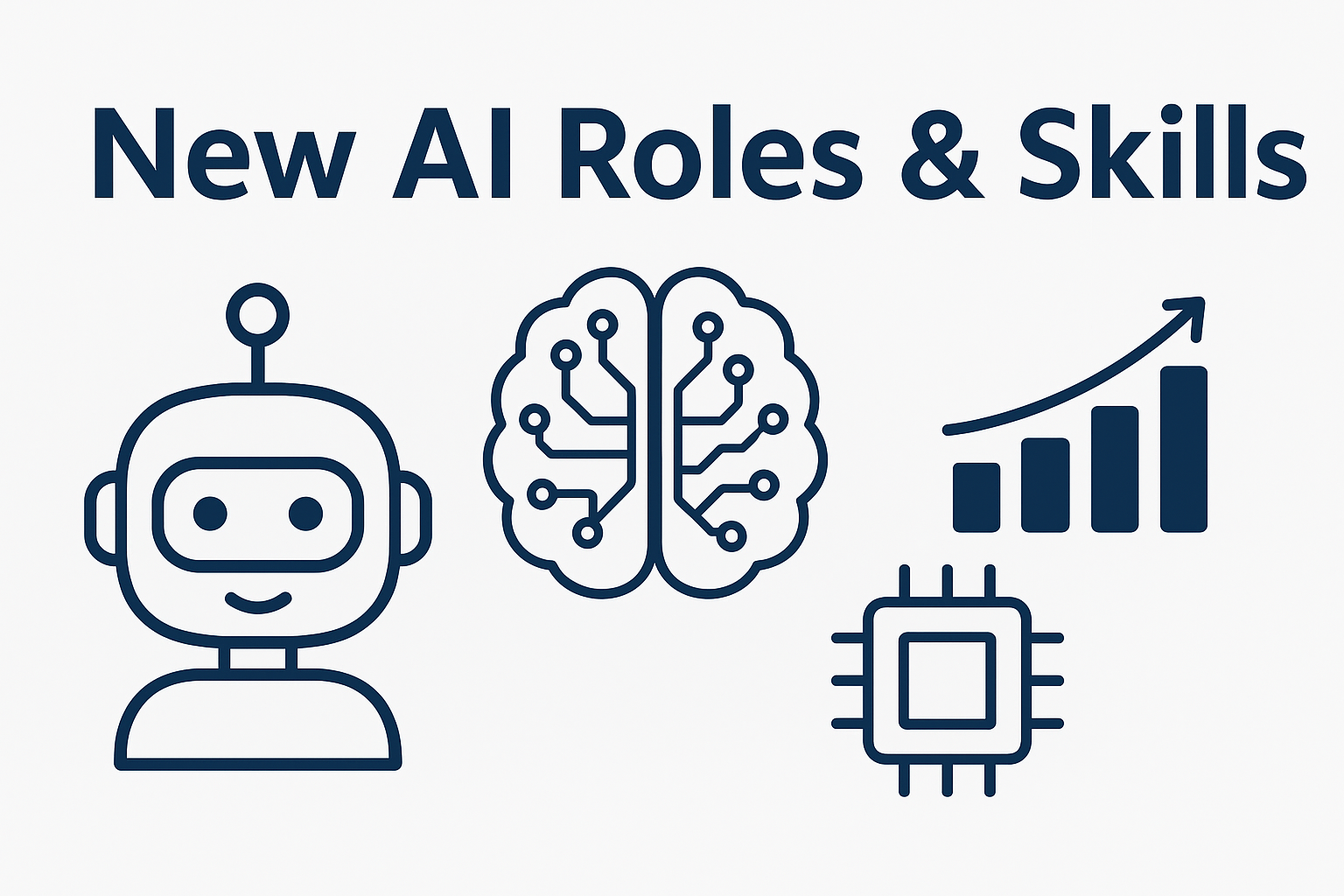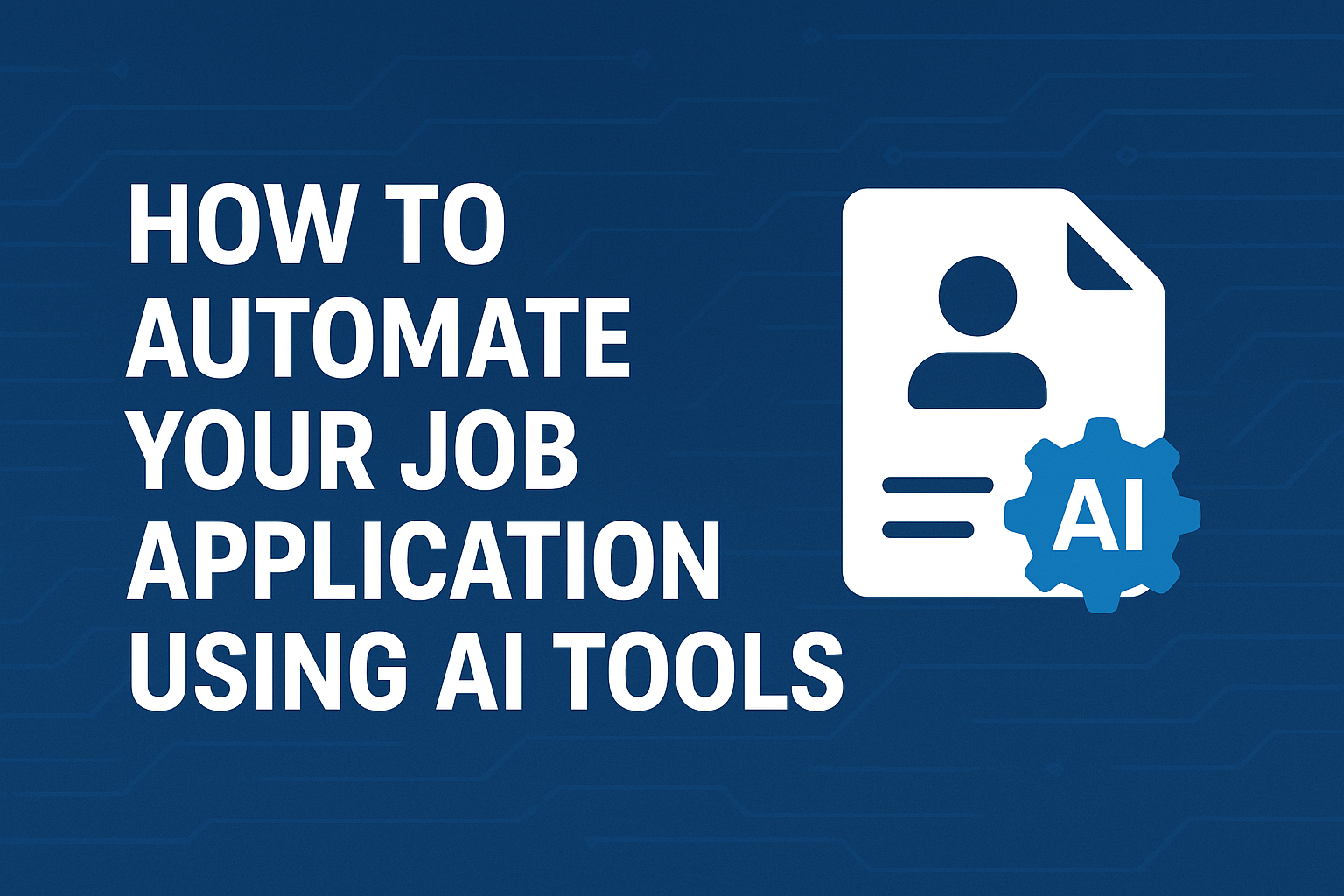|
Listen Now Our Blog Podcast
Getting your Trinity Audio player ready...
|
Shadow AI: The Hidden Systems Shaping Decisions Without a Nameplate
In many companies, a silent operator is running behind the scenes one that doesn’t sit on the IT budget spreadsheet or appear in any official documentation. It doesn’t wear a name badge, yet it influences conversations, predictions, and decisions. This operator is known as Shadow AI.
What Is Shadow AI?
Shadow AI refers to artificial intelligence tools or systems that are used within an organization without official oversight or approval. These tools might be introduced by individual teams or departments trying to solve specific problems quickly think a data scientist running GPT-powered analysis without IT sign-off, or a marketing team feeding customer data into a third-party prediction tool without consulting compliance.
What separates Shadow AI from sanctioned AI systems is not necessarily capability sometimes it’s more advanced but its invisibility to policy-makers, security teams, and long-term planners.
Why Does Shadow AI Exist?
Most employees aren’t trying to break the rules. They’re just trying to get things done. Legacy processes are often slow. Procurement takes time. AI moves fast. So, when a tool offers results now, some people will take that shortcut.
Ironically, the same eagerness that drives productivity also introduces vulnerabilities.
The Risks No One Volunteers For
Shadow AI brings with it a particular kind of risk: one that can’t be traced easily until something goes wrong. These tools often handle sensitive data sales pipelines, customer histories, and internal reports and when they operate outside standard reviews, they’re not covered by audits or security protocols.
Here are a few ways Shadow AI becomes a problem:
- Data leakage: An AI model trained with internal company data may store or transmit it in ways users don’t fully understand.
- Compliance blind spots: Data privacy laws like GDPR and CCPA require strict handling of personal information. Shadow AI tools often skip those steps.
- Mismatch with company policy: Even if it works well, a rogue system may rely on outdated or incorrect data inputs that mislead decision-makers.
- Security vulnerabilities: Many AI tools rely on cloud APIs. If not properly configured, these can become doorways for attackers.
The biggest problem? No one knows what they don’t know. Shadow AI, by nature, isn’t logged, monitored, or tracked.
Where It’s Happening Most
While Shadow IT has been around for years employees installing unauthorized apps or using external drives Shadow AI has its own twist. It’s not just about access, but influence. These systems aren’t just storing data they’re interpreting it, making predictions, and shaping business logic.
Examples include:
- An HR team using ChatGPT to screen resumes.
- A product team feeding internal usage data into an AI dashboard hosted on a personal account.
- A support agent using an unofficial chatbot trained on client queries.
Sometimes these efforts outperform the “official” tools. That’s part of the allure and part of the problem.
How Companies Are Responding
Forward-thinking companies aren’t responding with immediate shutdowns. Instead, they’re mapping out usage quietly interviewing teams, running network scans for unauthorized API calls, and creating spaces where experimentation is allowed but observed.
They’re also creating sandboxes-controlled environments where new AI tools can be tested without exposing critical systems.
Some go a step further: offering internal “AI offices” where teams can submit ideas and get help vetting tools from legal, data, and security teams.
This doesn’t mean micromanaging every spreadsheet or chatbot. It means building guardrails that don’t slow down the people trying to solve problems but prevent those same efforts from creating bigger ones.
The Cultural Side
Shadow AI isn’t just a technical issue. It’s cultural. It surfaces how open a company is to experimentation, how much red tape teams face, and how well leadership communicates tech priorities.
If employees feel the only way to be productive is to work around systems, then the systems not the employees need revisiting.
What Might Come Next
As AI becomes more accessible and models shrink in size, the chances of “invisible” systems being deployed by non-engineers will increase. We may soon see departments spinning up personalized LLMs, hosted in unknown locations, making decisions based on incomplete training data.
Eventually, companies will need not just policies but active discovery tools, education programs, and cross-functional response teams built to understand not just what’s being used, but why.




